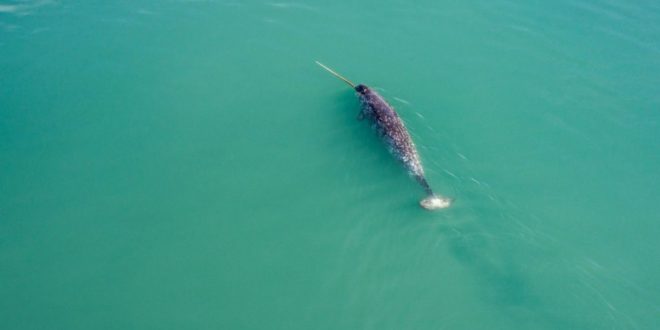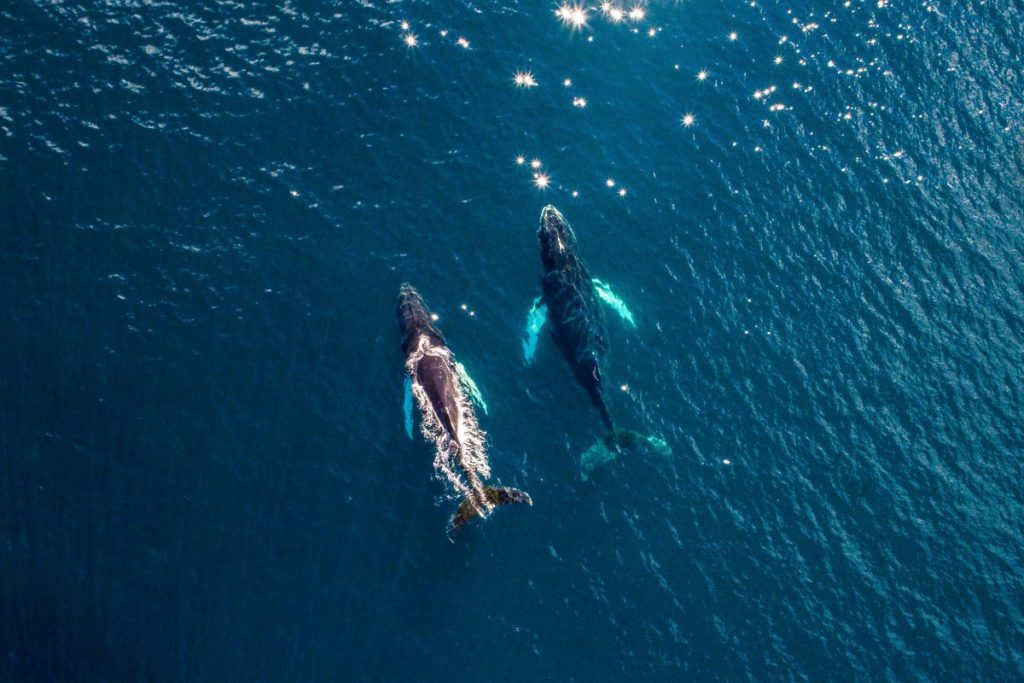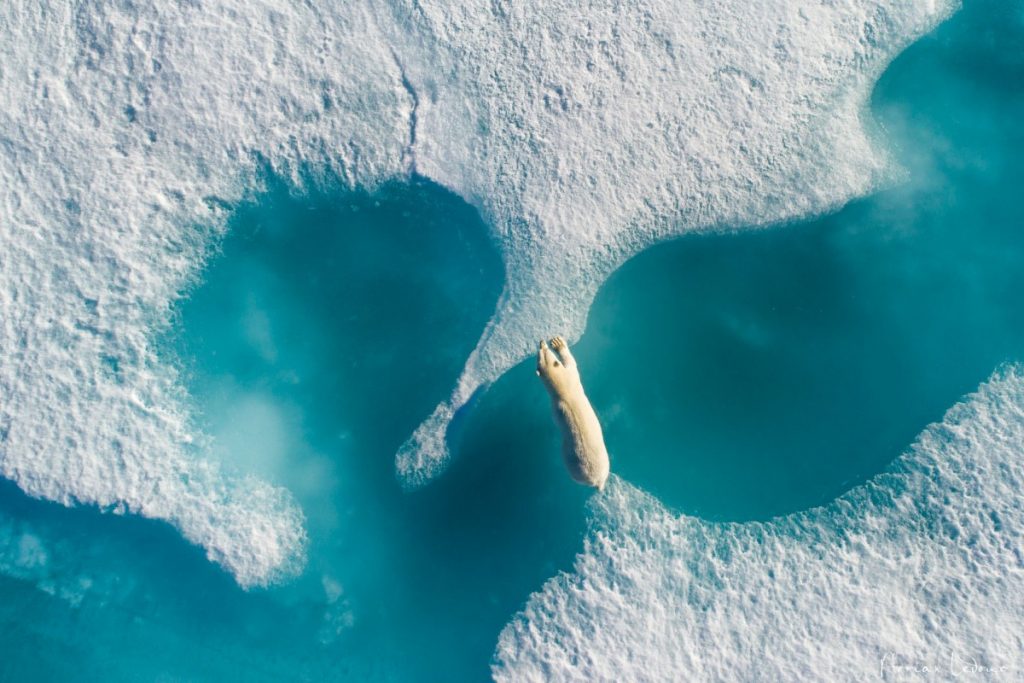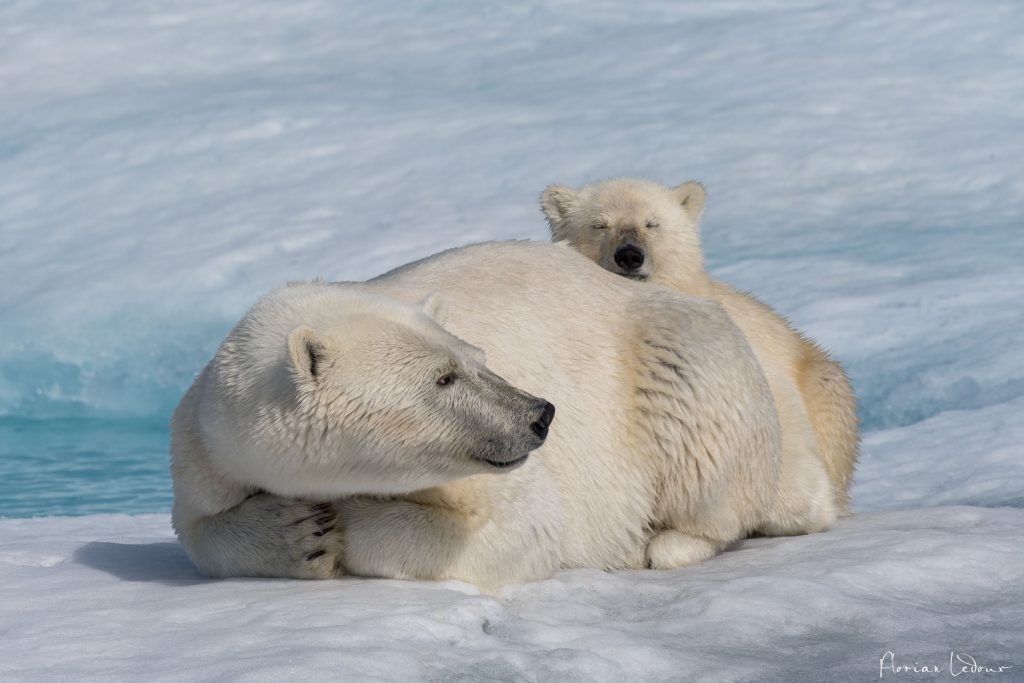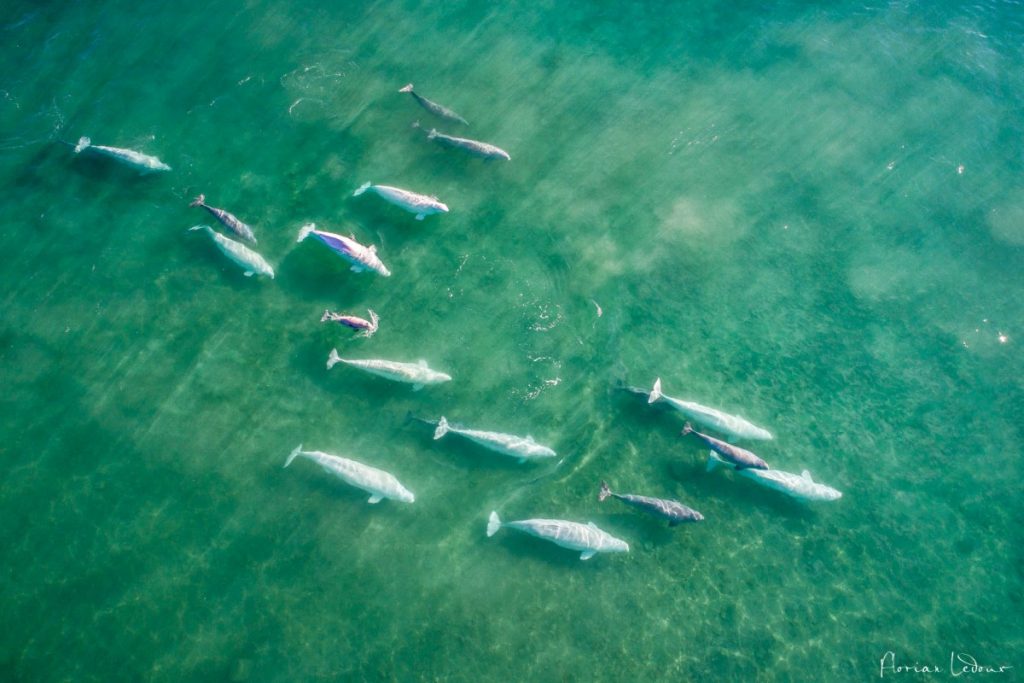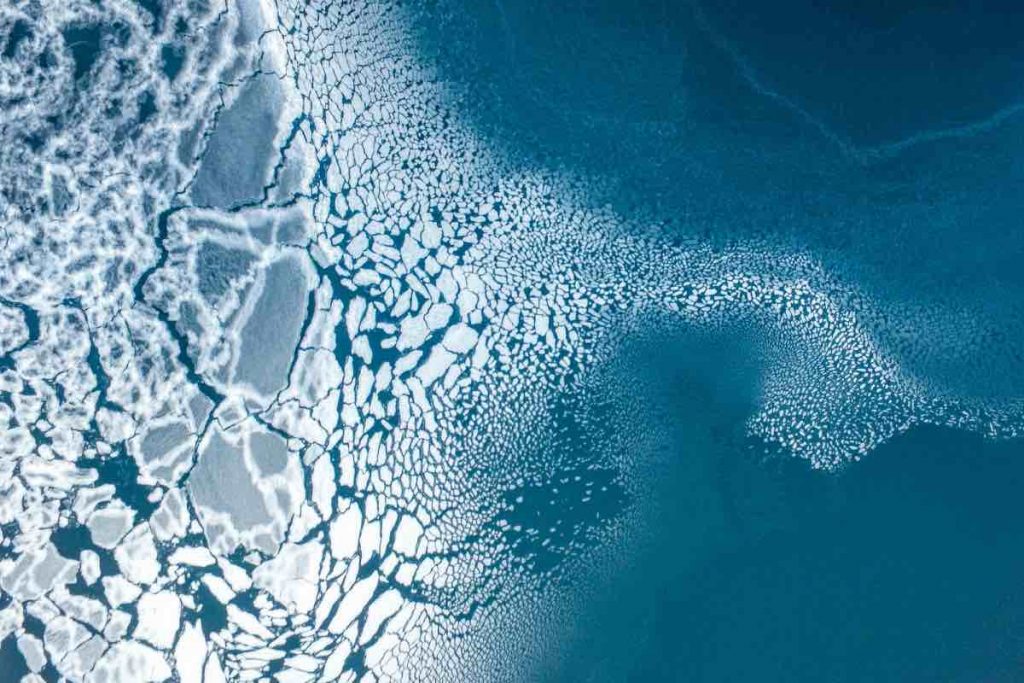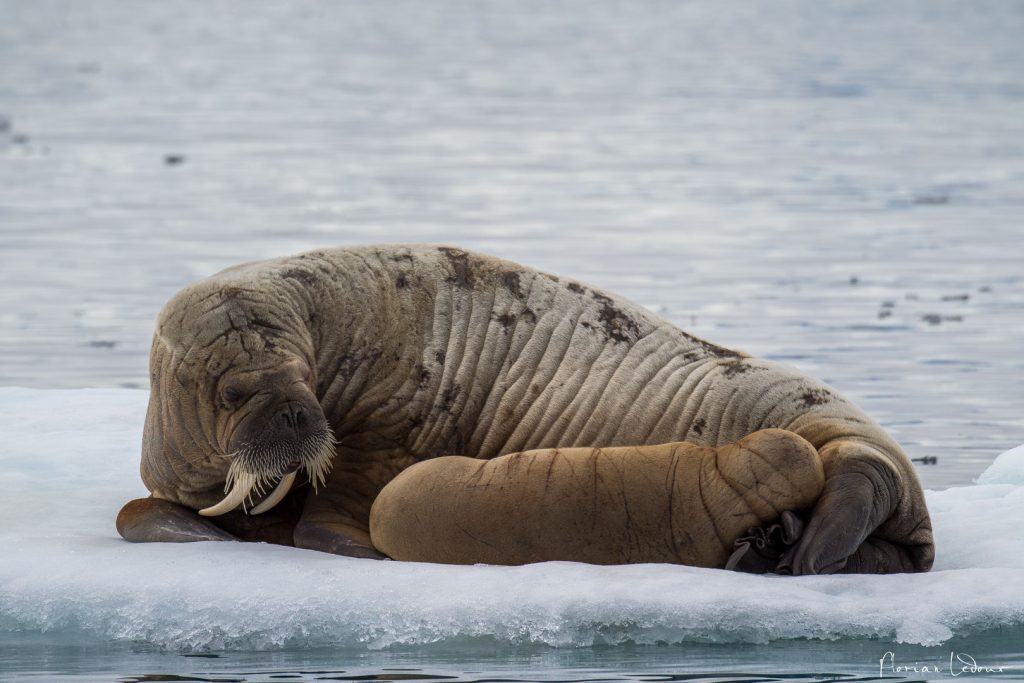Breathtaking arctic adventure: our top dronist Florian Ledoux is sharing with us his last summer expedition in Greenland. You will be amazed!
I believe drones allow me to capture a brand new style of wildlife image in the Arctic. All the animals I photographed are icons of the Arctic, and because of the remote places, harsh conditions, and difficulties to find the animals, it makes the photographs unique.
From thousands of Belugas in the bay swimming under our dinghy, to the narwhals and its magical tooth in the next fjord, from the Walruses colony hauling out to the polar bears, from a stop ashore, home to musk oxen and arctic foxes, we have sailed 6 000km in 8 weeks!
During summer 2017, after years of focusing my photography work on Greenland, I embarked on an expedition from West Greenland to reach the high Arctic region of Nunavut, Canada. This long sailing expedition, allowed me to do reconnaissance work at Baffin, Devon and Ellesmere Islands, home to several unique species of wildlife.
Humpback whales filmed by drone in the UNESCO heritage bay of Disko in Greenland. In the spring, around the Disco Bay area in late May, the Grenland whale can be met close to the land. In spite of being 18 metres (59 feet) long and weighing some 30 tonnes (66,000 lbs), the humpback whale is the acrobat amongst the large whales. Whales of all ages jump out of the water and flick their tails and flippers. The whale is easily recognisable on account of its humped dorsal fin and white flippers, and it usually lifts its tail when diving.
The highlight of the expedition was definitely the encounter with the polar bear standing at 6 meter from us. For me there is no better feeling than being close to those majestic animals, sharing space with them.
I will always remember that moment I saw my first polar bear, I cried during the three hours we stayed close to them. I discovered it swimming and when I left my binoculars to announce it to our captain, I was already crying.
The great polar bear called Nanuk in Inuktitut is an impressive animal. We spent every day trying to spot polar bears and then we saw fresh tracks and knew we were close. We all stayed on a deck trying to find it anywhere, looking constantly at the endless horizon with my binoculars, and then I saw something and I had to double check, but it was the king of the Arctic, swimming only a few meters away from the boat. Tears started to come to my eyes and my heart was beating faster and faster as we followed from a distance.
During the expedition in extreme high arctic we met 13 polar bears. I will never forgot this experience and the time we spent learning how they live.
Polar bears on sea ice during summer in Nunavut at north of Bylot Island. 05 August 2017.
This day I met 7 different polar bears, all in Maud Bight bay.
Flying here above the 74° North is totally different and this is even truer when you want to approach wildlife. I often did a first approach of the animals ashore. During this eight weeks, I studied the natural habitat and learned about the behaviour of these animals, and started to document them. I spent up to 8 hours to approaching ensuring the animals not being threatened by my presence. Only after this time spent with the animal I flew the drone. The result is that we can see on different photographs as video footage that the different species are not stressed by my presence and the drone. And only after I was able to fly with the drone above them, always starting far high from them and approaching slowly so they can feel no stress. I ended quite close to the polar bear and he didn’t really care.
In the summer, thousands of beluga whales migrate to Nunavut’s estuaries where they rub their skin in shallow waters.
Every time the drone took height, I could not believe the unique wilderness and untouched nature I was seeing.
But every time I flew the drone I was also super stressed after I have crashed one at the very beginning of the expedition.I took few risk with flying close to polar bear, lost one phantom 4 pro + in the sea, but I hope it worth it. Indeed, flying so far in high Arctic create lot of trouble for the drone due to the lack of satellite, rock magnetism, cold condition, close to the pole…This is definitely not a place to fly at least with the phantom 4!
I want to try an inspire 2 there.
Before the expedition, I was super excited and boost to produce more thanks to the 3rd place received from Dronestagram and National Geographic at the international drone photo contest.
After the reconnaissance journey of this summer in Nunavut, I have a strong desire to go back at different times of the years to create drone images of the wildlife. I believe these pictures shows the animals in a new perspective, showing the animals in their entirety as well as in a wider habitat and landscape. They bring a new angle, a new way of learning about the white northern part of our planet. A long term project is to publish a book “Aerial Arctic Wildlife.”
Thank you Florian!
http://www.dronestagr.am/blog/high-arctic-expedition-nunavut/
 Unmanned Aerial Vehicle The latest drone news
Unmanned Aerial Vehicle The latest drone news
